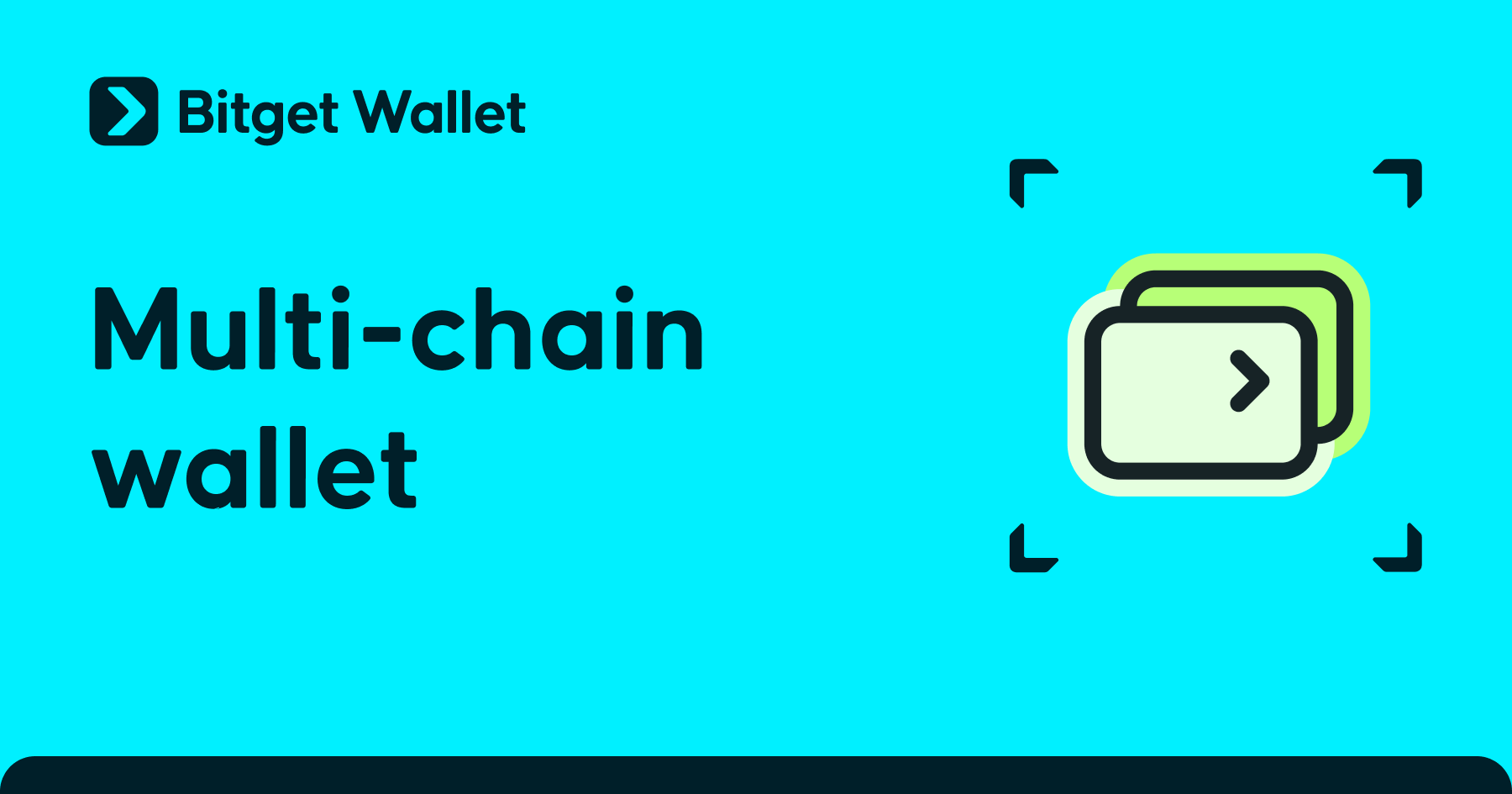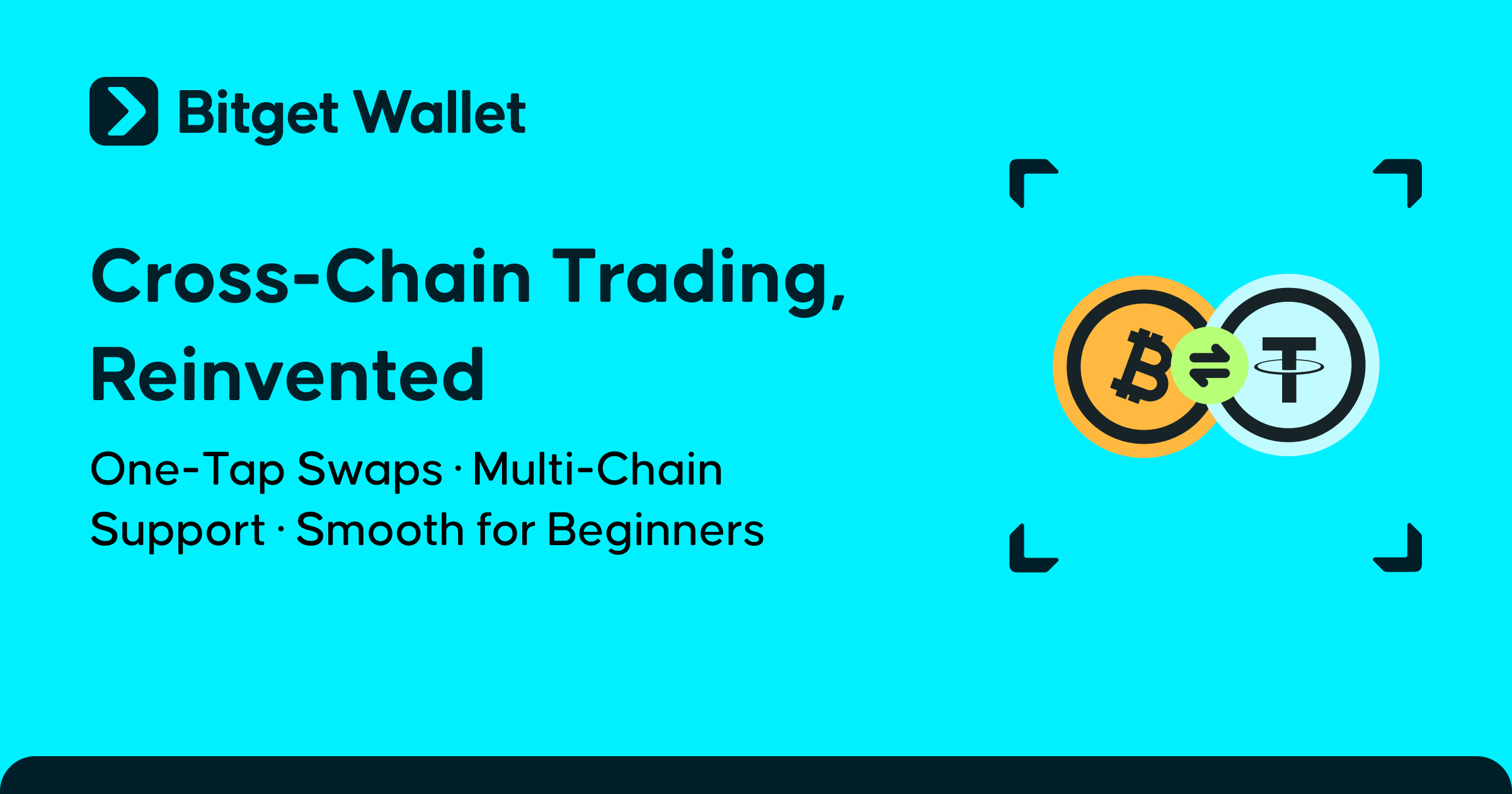The Upside Of Layer 2 in Crypto: Can It Hit $1 Trillion?

Ethereum, the second-largest blockchain by market value, has long had scaling issues. Its processing capacity is limited, resulting in high fees and slow confirmations, especially during busy periods. This has hampered its widespread use in decentralized applications (dApps) and decentralized financial systems (DeFi).
However, a potential solution has emerged in the form of Layer 2 (also known as L2) networks, which are supplementary frameworks or protocols built on top of current blockchains like Ethereum. But can these concepts truly lead to a $1 trillion market capitalization by 2030? Let's find out.
The Importance of Layer 2 Solutions
Ethereum’s high fees and slow transactions have long hindered its widespread use for decentralized applications (dApps) and DeFi protocols. Layer 2 solutions address this issue head-on as these new protocols run on top of current blockchains and serve as a bypass for transaction processing. Some types of Layer 2 solutions include: optimistic rollups, zero-knowledge rollups, state channels, sidechains, and plasma.
By processing transactions off-chain, Layer 2 solutions help boost throughput and lower costs, making Ethereum more scalable and accessible. This also makes the blockchain technology more viable for a broader variety of applications.
Factors Driving the Growth of Layer 2
Layer 2 solutions are gaining traction due to a number of converging variables that are quickly reshaping the blockchain ecosystem. The following forces not only drive the development and acceptance of Layer 2 technologies, but they also shape the future of the whole crypto ecosystem.
- Increased demand for dApps: The rising popularity of dApps, particularly in DeFi and gaming, needs scalable solutions to handle the increased transaction volume.
- Institutional adoption of Ethereum: As institutional investors join the Ethereum ecosystem, they want scalable and efficient infrastructure, which Layer 2 solutions can supply.
- Technological advancements: Current technical breakthroughs in Layer 2 solutions, including zero-knowledge rollups and EIP-4844 implementation, are projected to increase scalability and lower transaction costs. These developments make Layer 2s even more appealing, accelerating their expansion.
- User experience: L2 solutions provide a dramatically enhanced user experience, including quicker transaction confirmations and cheaper costs, making them more appealing to users.
- Cost-effectiveness: By moving transactions off-chain, Layer 2 solutions significantly lower gas fees, making blockchain transactions more affordable and accessible.
Challenges Facing Layer 2 Adoption
While Layer 2 solutions provide a potential route to a more scalable and efficient Ethereum, a number of challenges remain before mainstream implementation. These obstacles span from technological complexity to larger ones like security, fragmentation, and interoperability.
- Complexity: Non-technical users may find the technical components of L2 difficult to understand, thereby limiting adoption.
- Security risks: Layer 2s offer additional vulnerabilities that need rigorous mitigation while inheriting security from the main chain.
- Fragmentation: The increasing quantity of L2 solutions may cause fragmentation, making it harder for customers to choose the best option.
- Interoperability: Ensuring easy interoperability between multiple L2 solutions and the Ethereum mainnet is critical for a unified ecosystem.
More about Ethereum (ETH) Wallet
Can Layer 2 Solutions Hit the $1 Trillion Market Cap?
According to the investment firm VanEck, the answer is yes! This forecast is based on a number of fundamental variables, including rising demand for decentralized apps, more institutional use of Ethereum, and continuous advances in Layer 2 technology.
Per VanEck's prediction, the Layer 2 market can earn around $41 billion in net income by 2030, mostly from transaction fees and value extracted from transaction ordering. Applying a free cash flow multiple of 25 yields a possible fully diluted value of $1.02 trillion. This is a considerable rise above the current market capitalization of Layer 2 tokens, which stands at $33.3 billion.
However, achieving $1 trillion in market capitalization is not without hurdles. In addition to the fierce rivalry among Layer 2 solutions, VanEck also highlights the market's speculative character, with token values being influenced by long-term value accrual assumptions rather than present revenue dynamics.
Despite these obstacles, Layer 2 solutions still have the potential to transform the Ethereum ecosystem and the larger crypto world. If these technologies continue to advance and overcome current challenges, the $1 trillion market value projection may become a reality, ushering in a new age of blockchain scalability and acceptance.
As the race for scalability heats up, secure and reliable wallets like Bitget Wallet are crucial for navigating the expanding Layer 2 landscape. By offering a safe and user-friendly platform for storing and managing your digital assets, Bitget Wallet empowers you to participate in the exciting evolution of the crypto ecosystem. Download Bitget Wallet today and secure your place in the future of Web3.


















